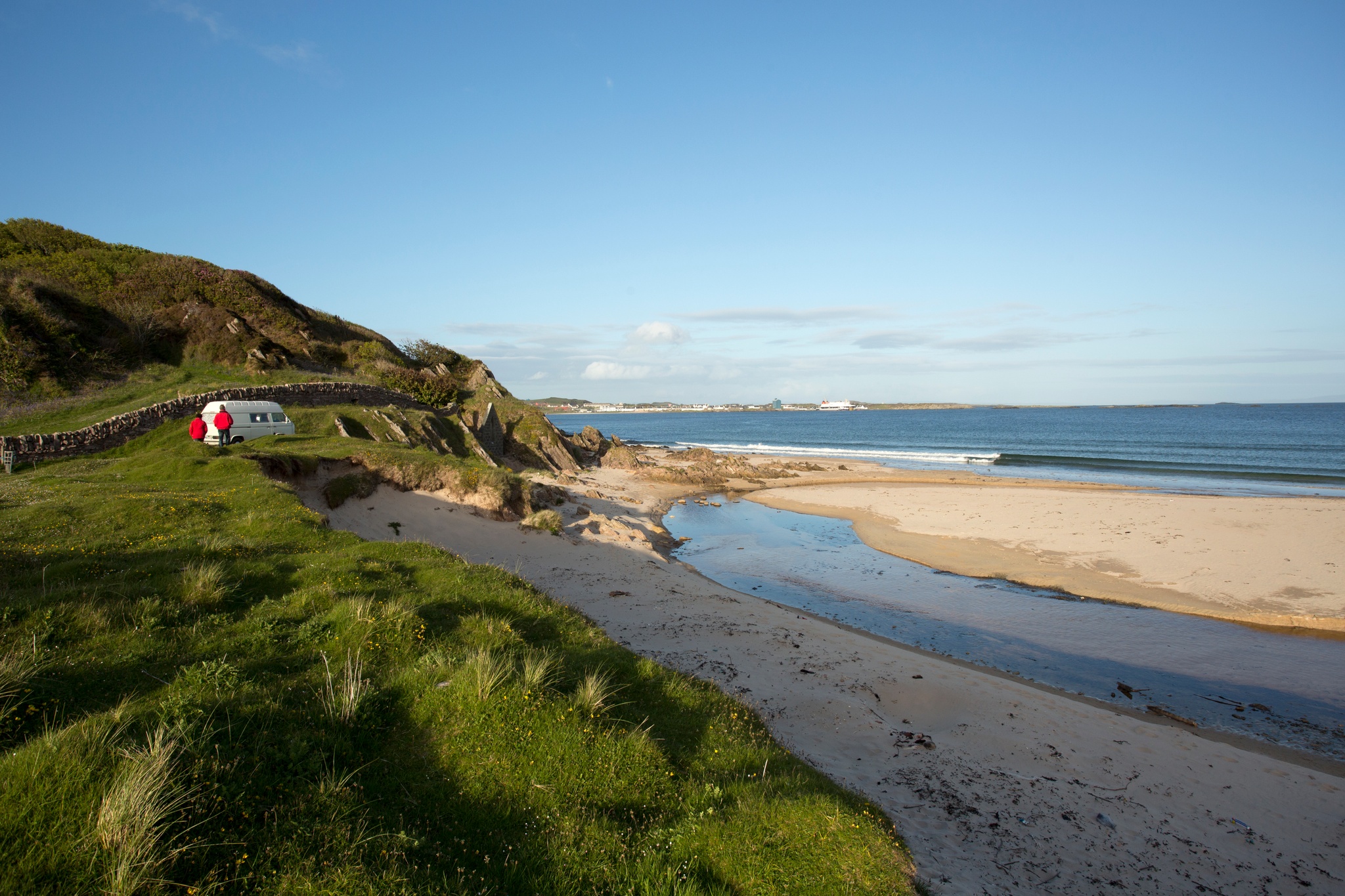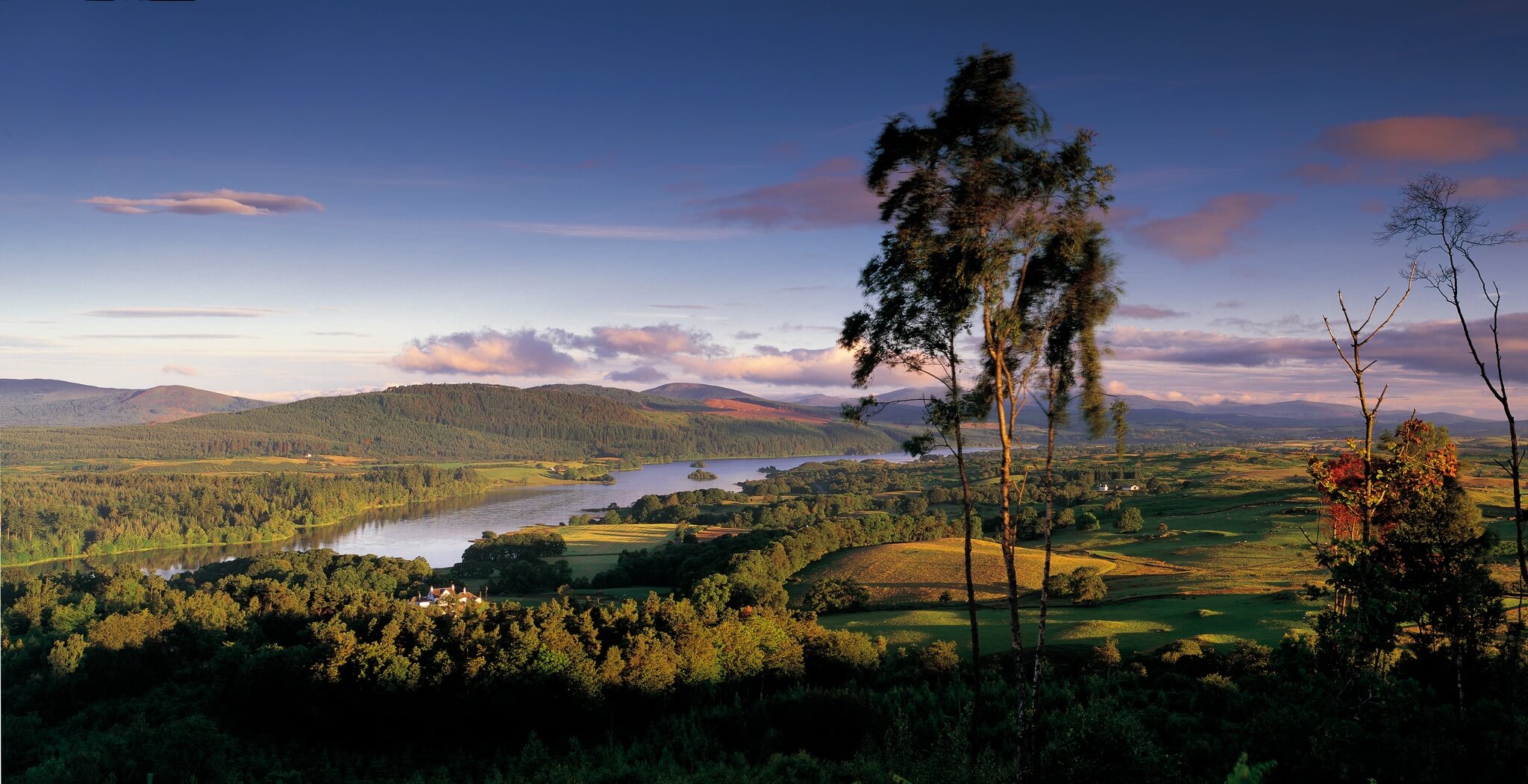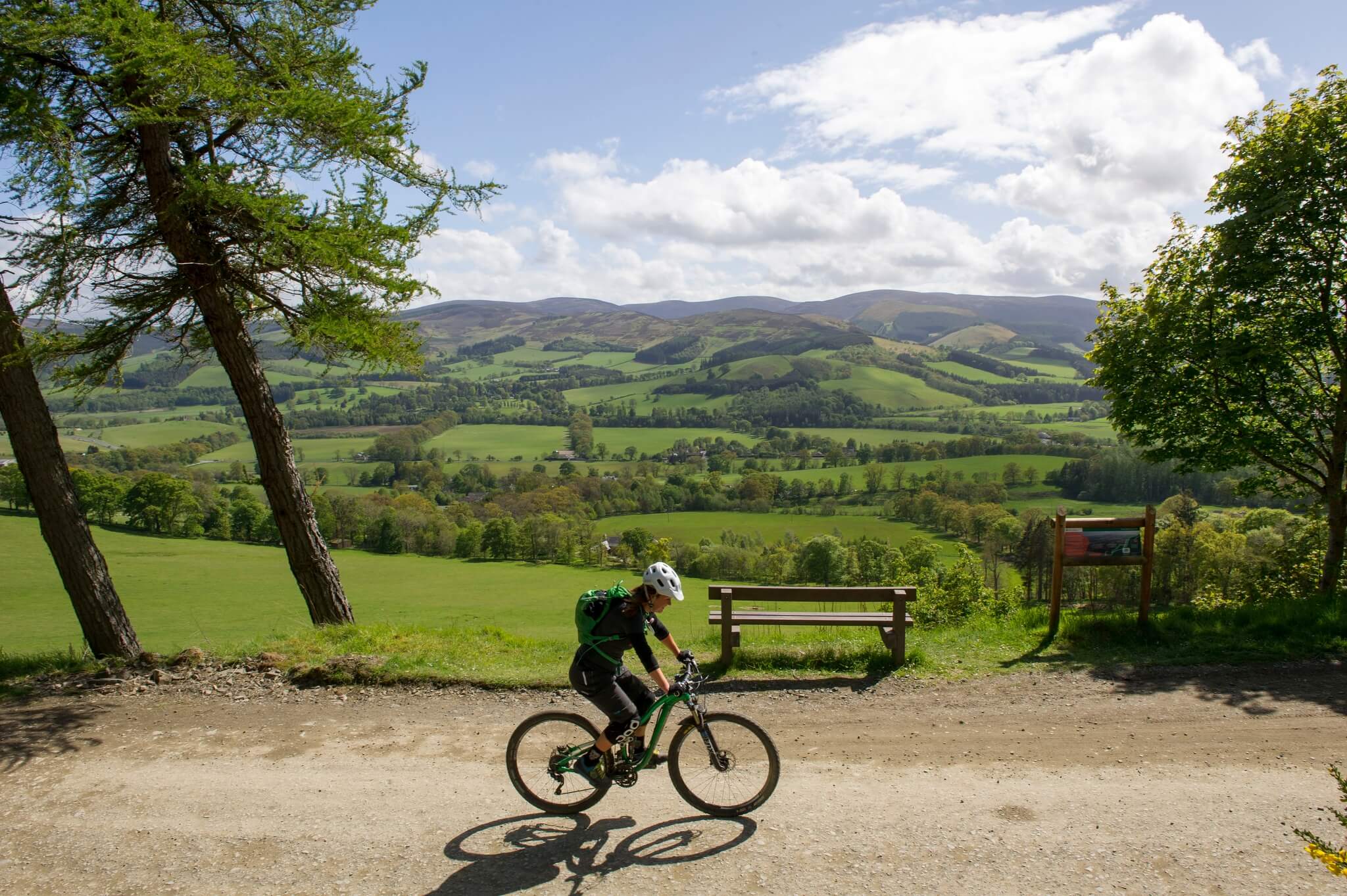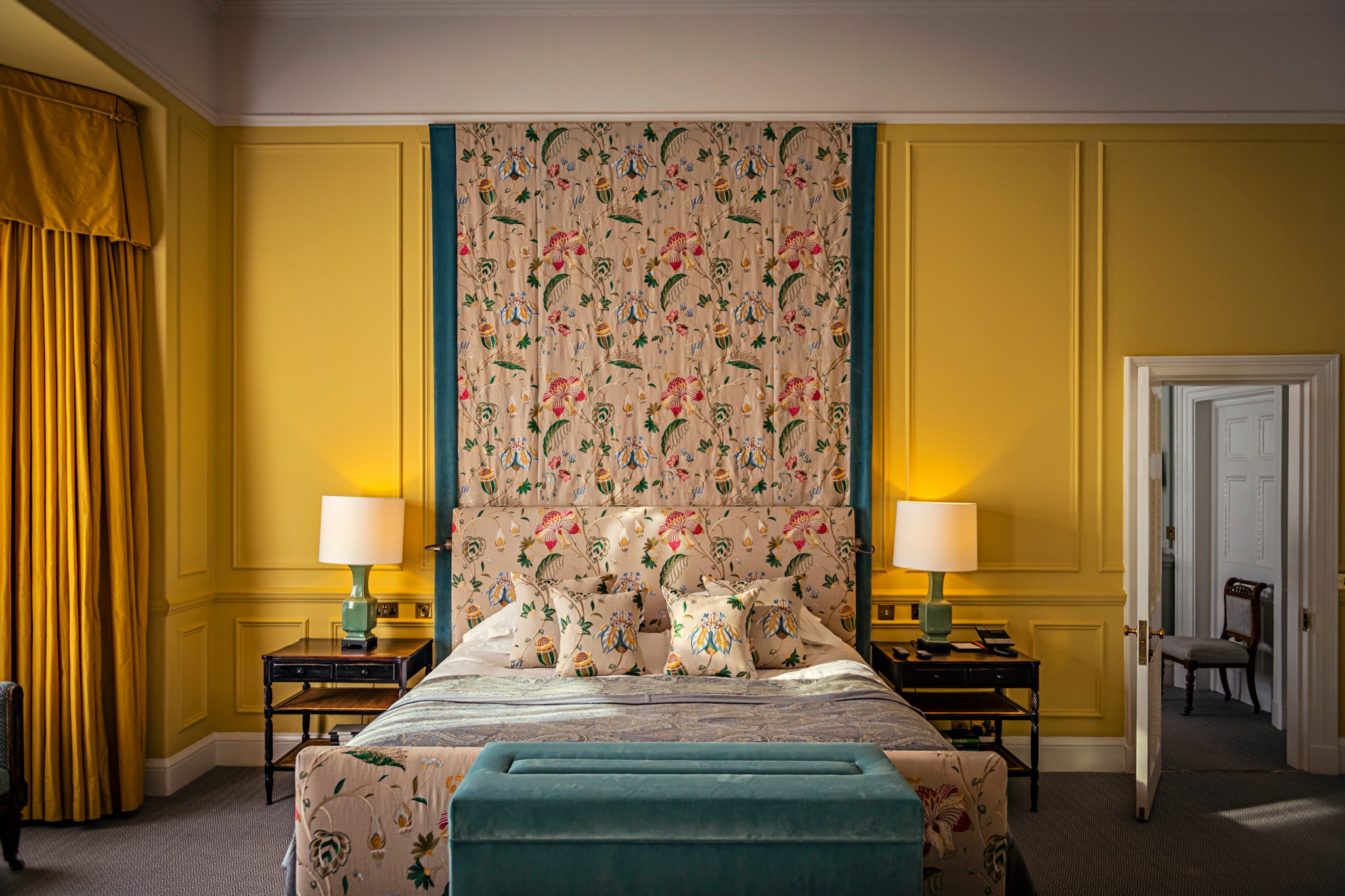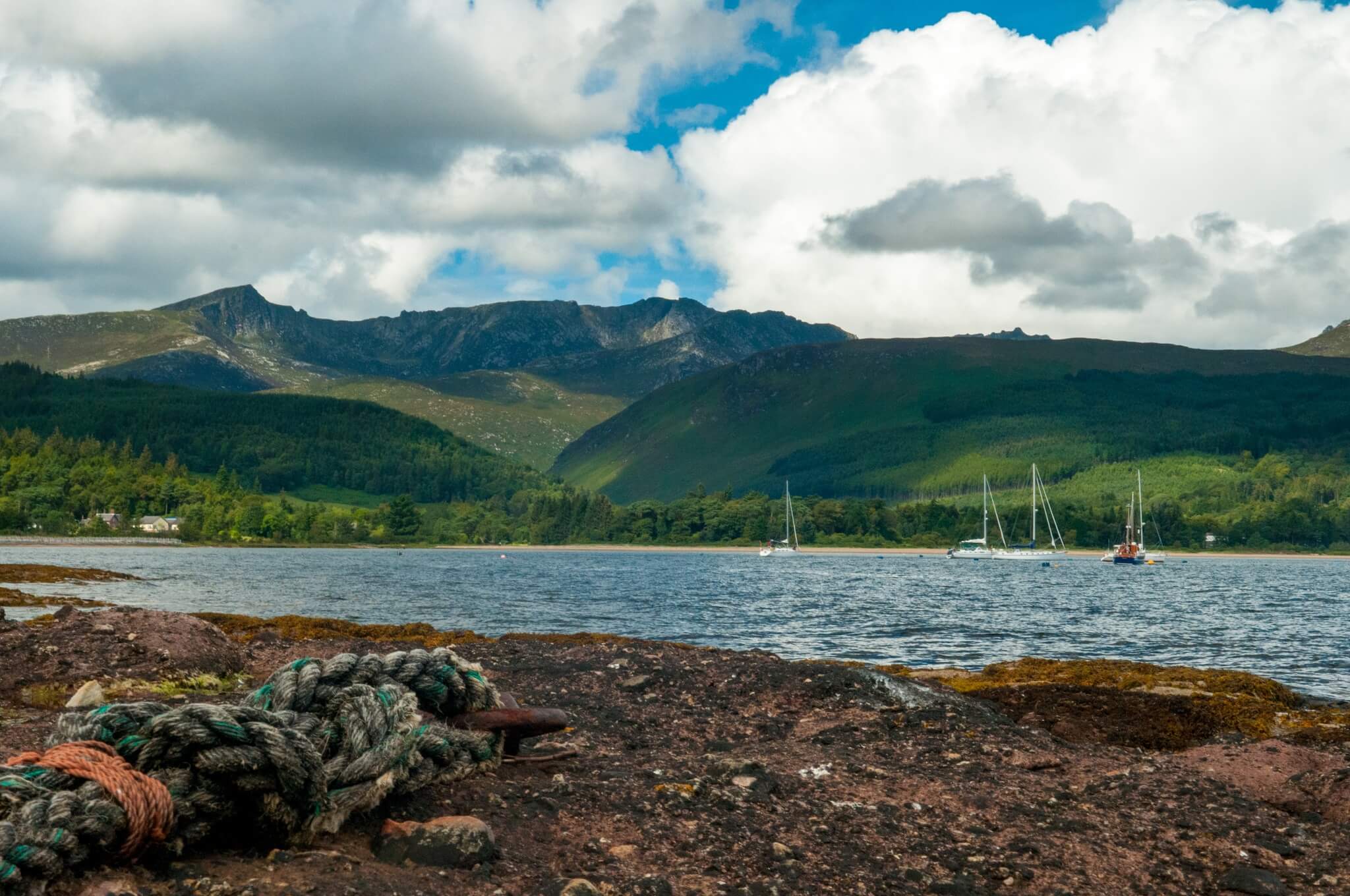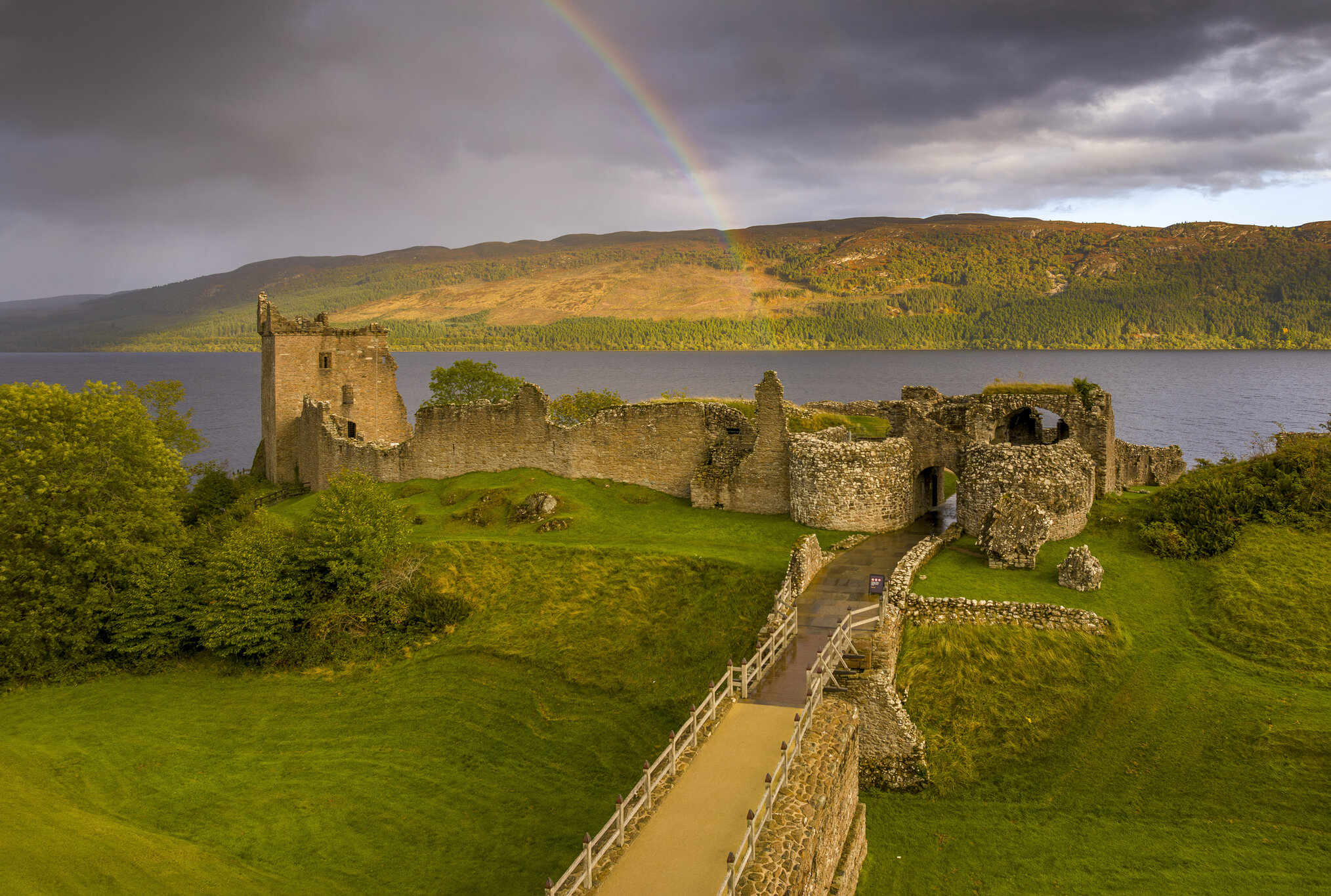
Urquhart Castle
- Home
- Inspiration
Holiday Ideas for Scotland
Let us inspire your holidays in Scotland. We’ve got everything you need – stunning landscapes, unique and unusual experiences, or places to simply relax and unwind. Climb our vast range of Munros, explore quiet, tranquil beaches, and share delicious local food. Now is the perfect time to plan your Scottish holidays. Discover what Scotland has to offer.
Find experiences
JavaScript needs to be enabled to see this product search form. You can turn this on in your browser settings.
Choose your dream holiday setting
Step away from daily life for a few days. We’ve got lots of beautiful places where you can switch off.
Sorry, something's gone wrong. We can't display this content at the moment.
JavaScript needs to be enabled to watch this video. You can turn this on in your browser settings.
Sorry, something's gone wrong. We can't display this content at the moment.
JavaScript needs to be enabled to watch this video. You can turn this on in your browser settings.
11 Unique Country Getaways & Weekend Breaks in Scotland
From treehouses to Romany-style caravans, check out some gorgeous accommodation options for a glamping or self-catering holiday in Scotland.
Sorry, something's gone wrong. We can't display this content at the moment.
JavaScript needs to be enabled to watch this video. You can turn this on in your browser settings.
Sorry, something's gone wrong. We can't display this content at the moment.
JavaScript needs to be enabled to watch this video. You can turn this on in your browser settings.
11 Reasons Why You Should Visit Scotland In 2024
Discover reasons why you should visit Scotland in 2024. Including Arbroath Abbey, Caithness and Sutherland, Perth Museum and more!
Sorry, something's gone wrong. We can't display this content at the moment.
JavaScript needs to be enabled to watch this video. You can turn this on in your browser settings.
Sorry, something's gone wrong. We can't display this content at the moment.
JavaScript needs to be enabled to watch this video. You can turn this on in your browser settings.
Farm Stays & Holidays in Scotland
Experience the best of rural Scotland on a farm holiday at a working farm.
Sorry, something's gone wrong. We can't display this content at the moment.
JavaScript needs to be enabled to watch this video. You can turn this on in your browser settings.
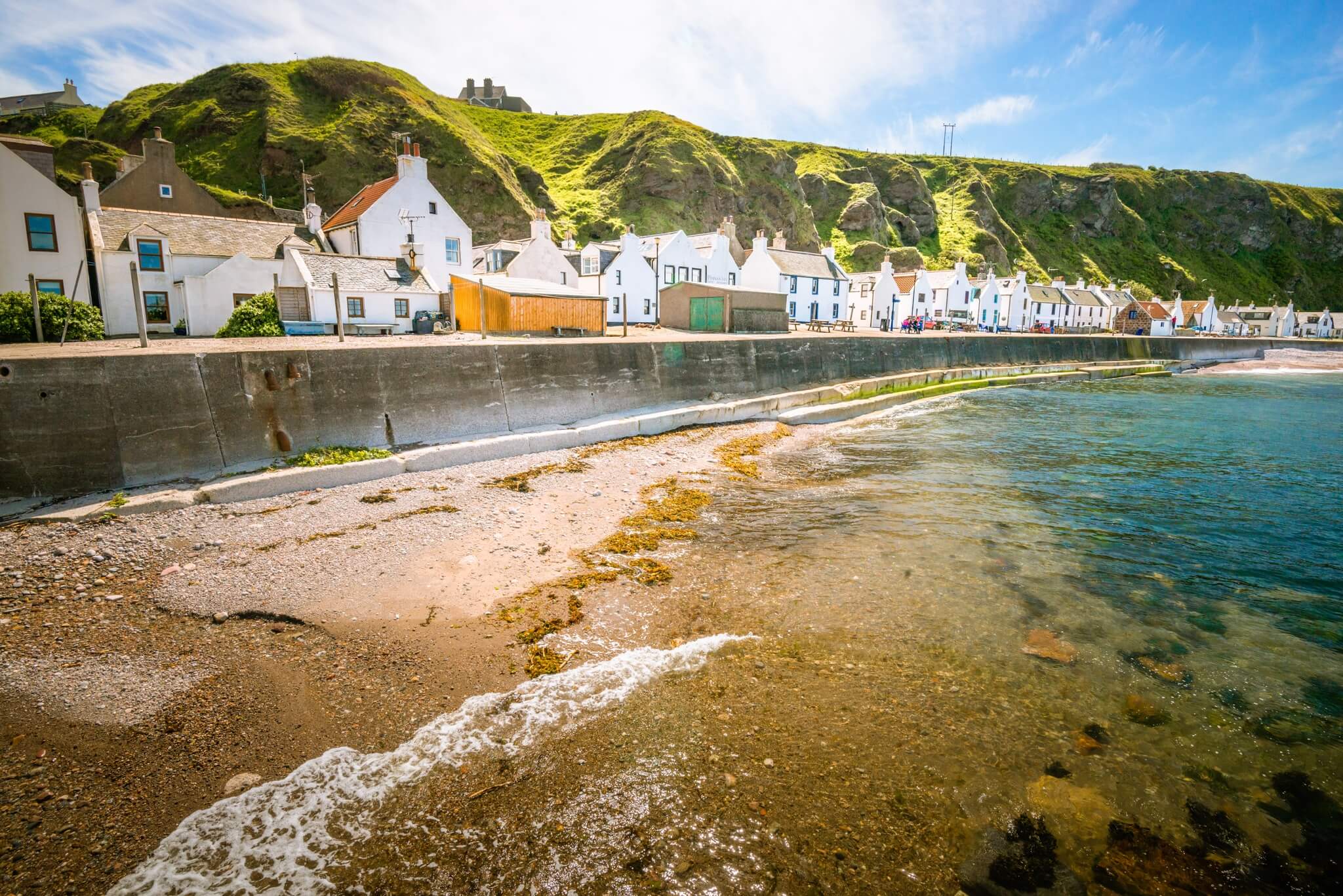
Sorry, something's gone wrong. We can't display this content at the moment.
JavaScript needs to be enabled to watch this video. You can turn this on in your browser settings.
10 Sea View Coastal & Beach Cottages in Scotland
If you’re dreaming of a remote beach holiday or a historic little fishing village full of charm, there's plenty of choice for a getaway in Scotland.
Sorry, something's gone wrong. We can't display this content at the moment.
JavaScript needs to be enabled to watch this video. You can turn this on in your browser settings.
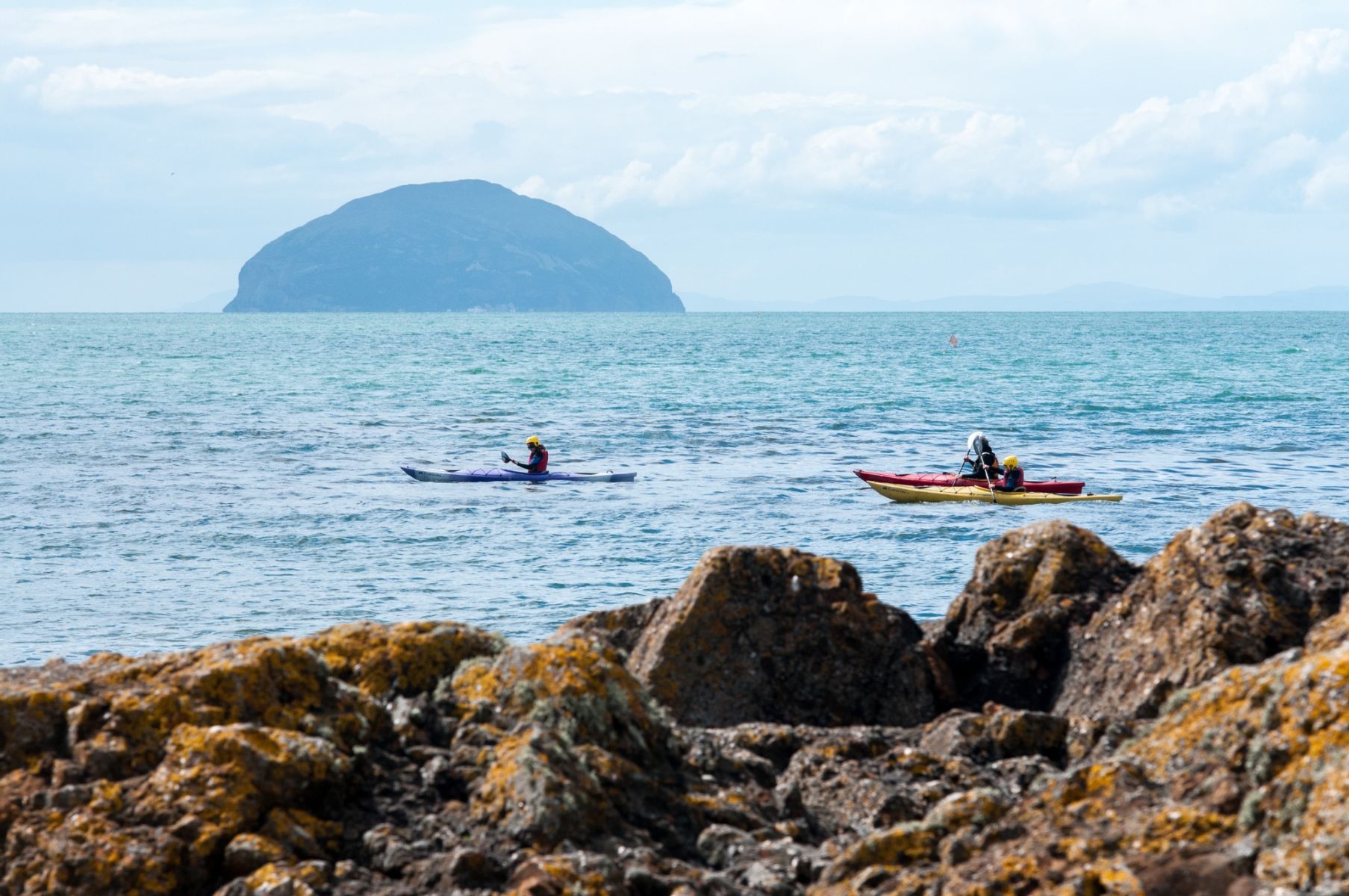
Sorry, something's gone wrong. We can't display this content at the moment.
JavaScript needs to be enabled to watch this video. You can turn this on in your browser settings.
Best Time of Year to Visit Islands in Scotland
Plan the ultimate Scottish island holiday, with handy guidance and top recommendations for off-the-beaten-track stays.
Experience something new
Get a sense of satisfaction on your break from trying something new. Climbing Munros, trying new dishes, or even giving back to nature.
Sorry, something's gone wrong. We can't display this content at the moment.
JavaScript needs to be enabled to watch this video. You can turn this on in your browser settings.
Sorry, something's gone wrong. We can't display this content at the moment.
JavaScript needs to be enabled to watch this video. You can turn this on in your browser settings.
11 Reasons Why You Should Visit Scotland In 2024
Here are some of our top reasons to visit Scotland in 2024, from centuries of history to natural wonders, golf and Scotch whisky.
Sorry, something's gone wrong. We can't display this content at the moment.
JavaScript needs to be enabled to watch this video. You can turn this on in your browser settings.
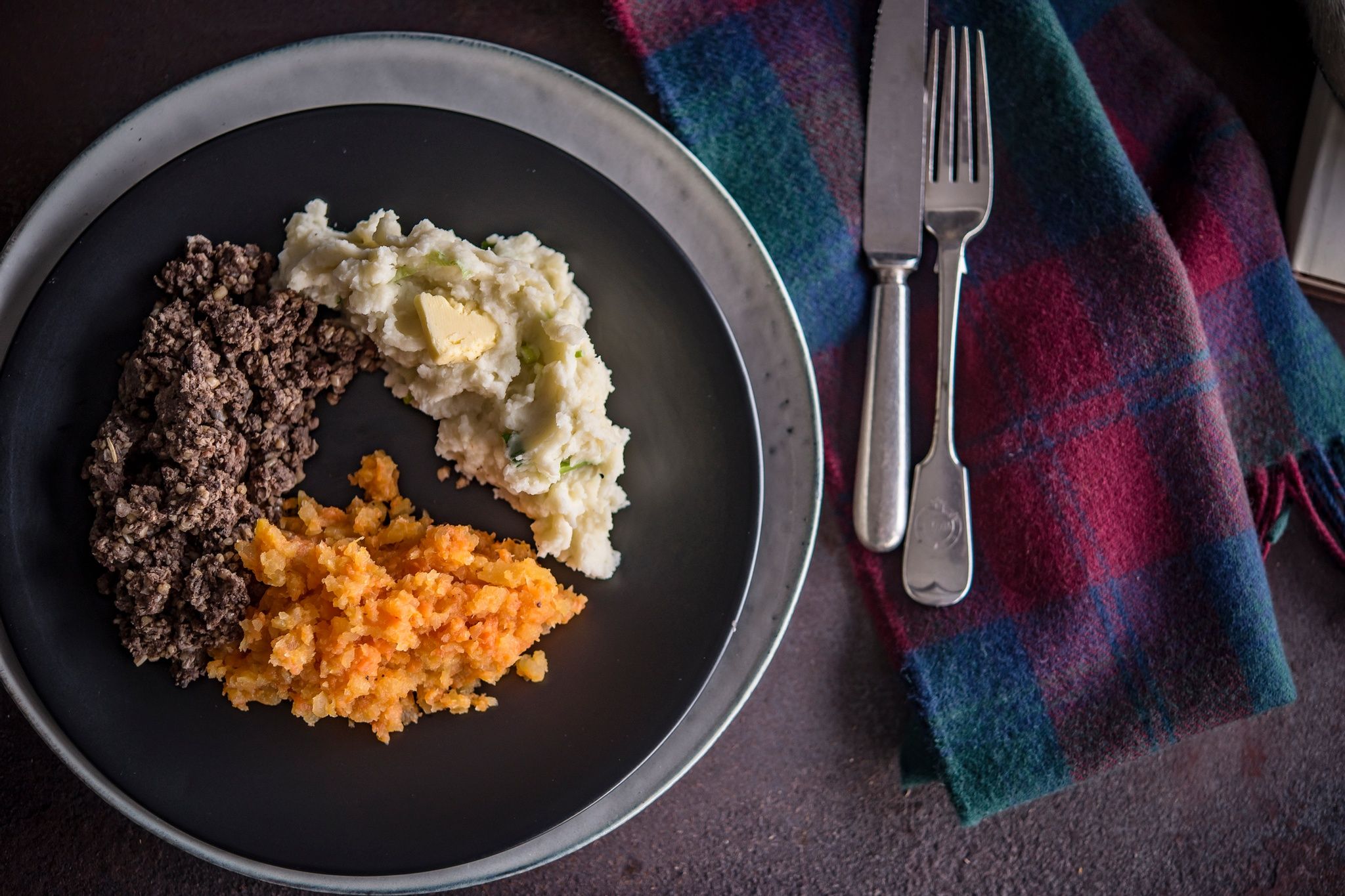
Sorry, something's gone wrong. We can't display this content at the moment.
JavaScript needs to be enabled to watch this video. You can turn this on in your browser settings.
11 Traditional Scottish Food Dishes to Try
Get ready to taste the best Scottish food from traditional haggis and tatties to cranachan for dessert. Read our must-try list of foods from Scotland.
Sorry, something's gone wrong. We can't display this content at the moment.
JavaScript needs to be enabled to watch this video. You can turn this on in your browser settings.
Sorry, something's gone wrong. We can't display this content at the moment.
JavaScript needs to be enabled to watch this video. You can turn this on in your browser settings.
Amazing Working Holiday & Volunteering Ideas
Spend time in a beautiful Scottish landscape, gain experience and learn new skills, or simply lend a hand in your local community with voluntourism.
Sorry, something's gone wrong. We can't display this content at the moment.
JavaScript needs to be enabled to watch this video. You can turn this on in your browser settings.
Sorry, something's gone wrong. We can't display this content at the moment.
JavaScript needs to be enabled to watch this video. You can turn this on in your browser settings.
Why Visit Scotland
9 things you absolutely HAVE to do on holiday here!
Make the most of quality time
Friends, family or a solo trip just for you - we've got lots of ideas for spending quality time together.
Sorry, something's gone wrong. We can't display this content at the moment.
JavaScript needs to be enabled to watch this video. You can turn this on in your browser settings.
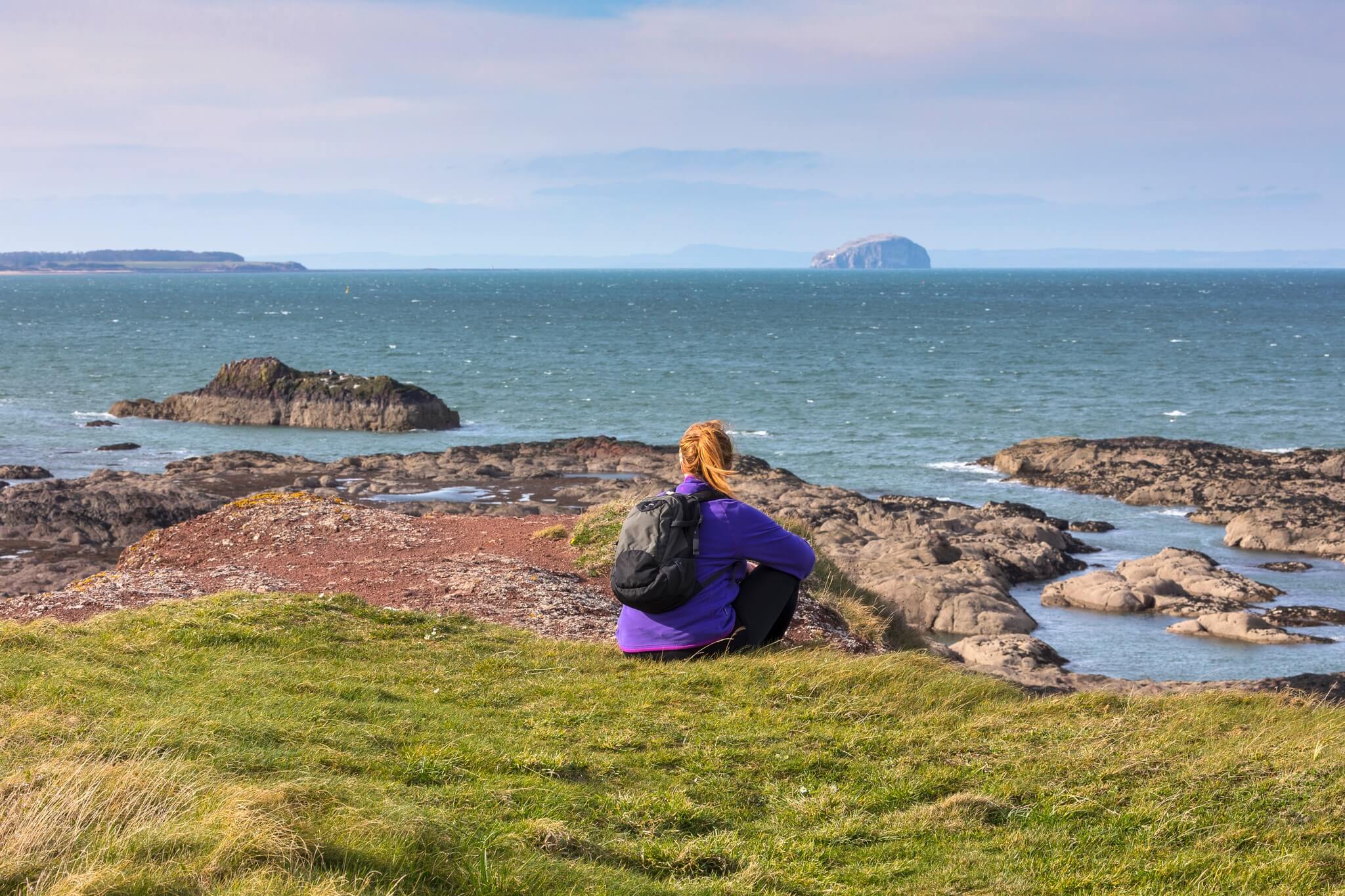
Sorry, something's gone wrong. We can't display this content at the moment.
JavaScript needs to be enabled to watch this video. You can turn this on in your browser settings.
Your Complete Guide to Solo Travel in Scotland
Read on for our top reasons why you should solo travel in Scotland, including our tips on safety, destinations, budget and activities.
Sorry, something's gone wrong. We can't display this content at the moment.
JavaScript needs to be enabled to watch this video. You can turn this on in your browser settings.
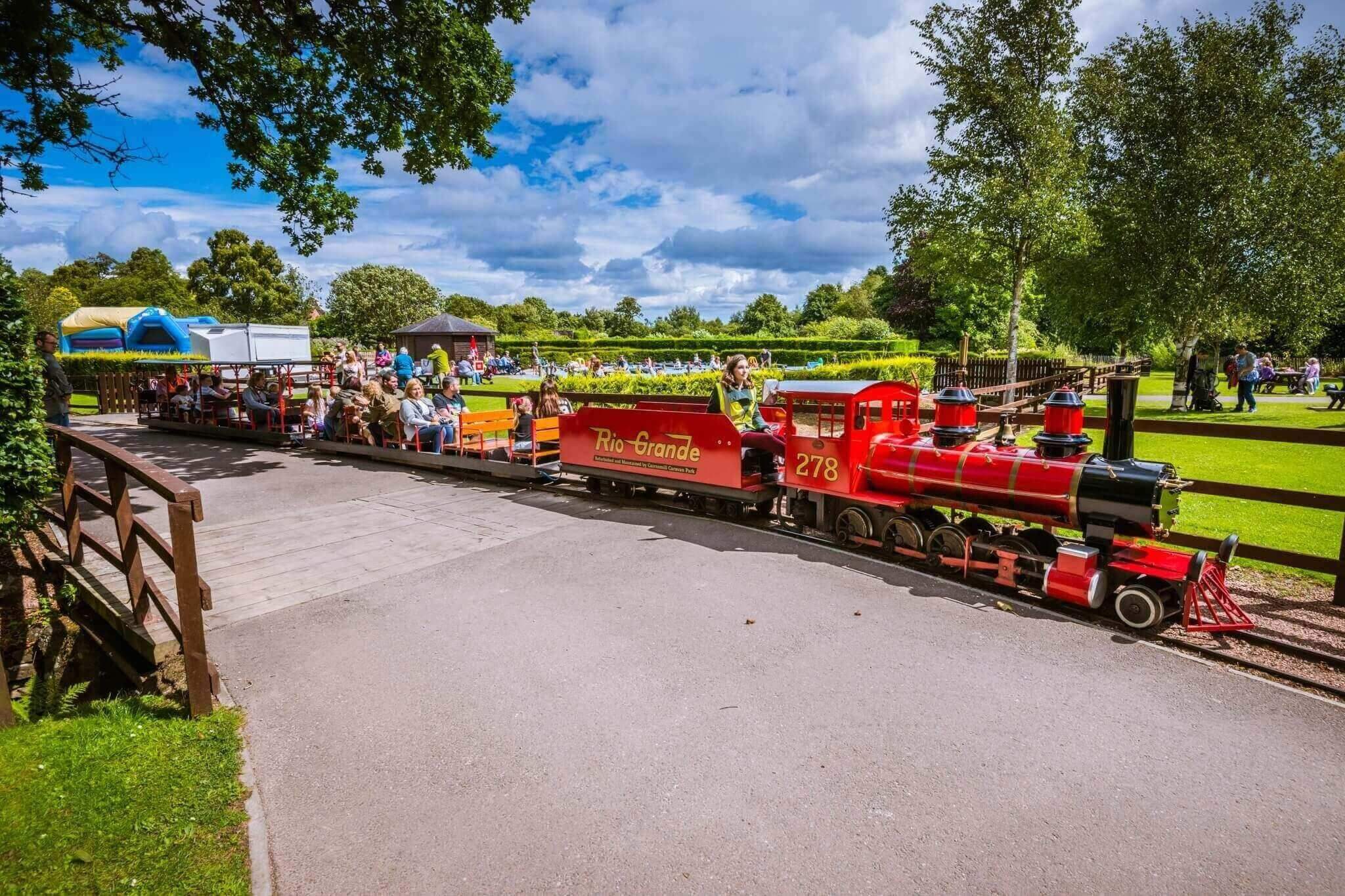
Sorry, something's gone wrong. We can't display this content at the moment.
JavaScript needs to be enabled to watch this video. You can turn this on in your browser settings.
Family days out: 5 ways to break the routine this autumn
Take a break from the regular family routine with a fun family day out in Scotland this autumn.
Sorry, something's gone wrong. We can't display this content at the moment.
JavaScript needs to be enabled to watch this video. You can turn this on in your browser settings.

Sorry, something's gone wrong. We can't display this content at the moment.
JavaScript needs to be enabled to watch this video. You can turn this on in your browser settings.
12 Paw-esome Dog-Friendly Days Out in Scotland
Find fun things to do on a day out with dogs in Scotland. Places to walk, sleep, eat and dog-friendly activities, as recommended by dogs!
Sorry, something's gone wrong. We can't display this content at the moment.
JavaScript needs to be enabled to watch this video. You can turn this on in your browser settings.
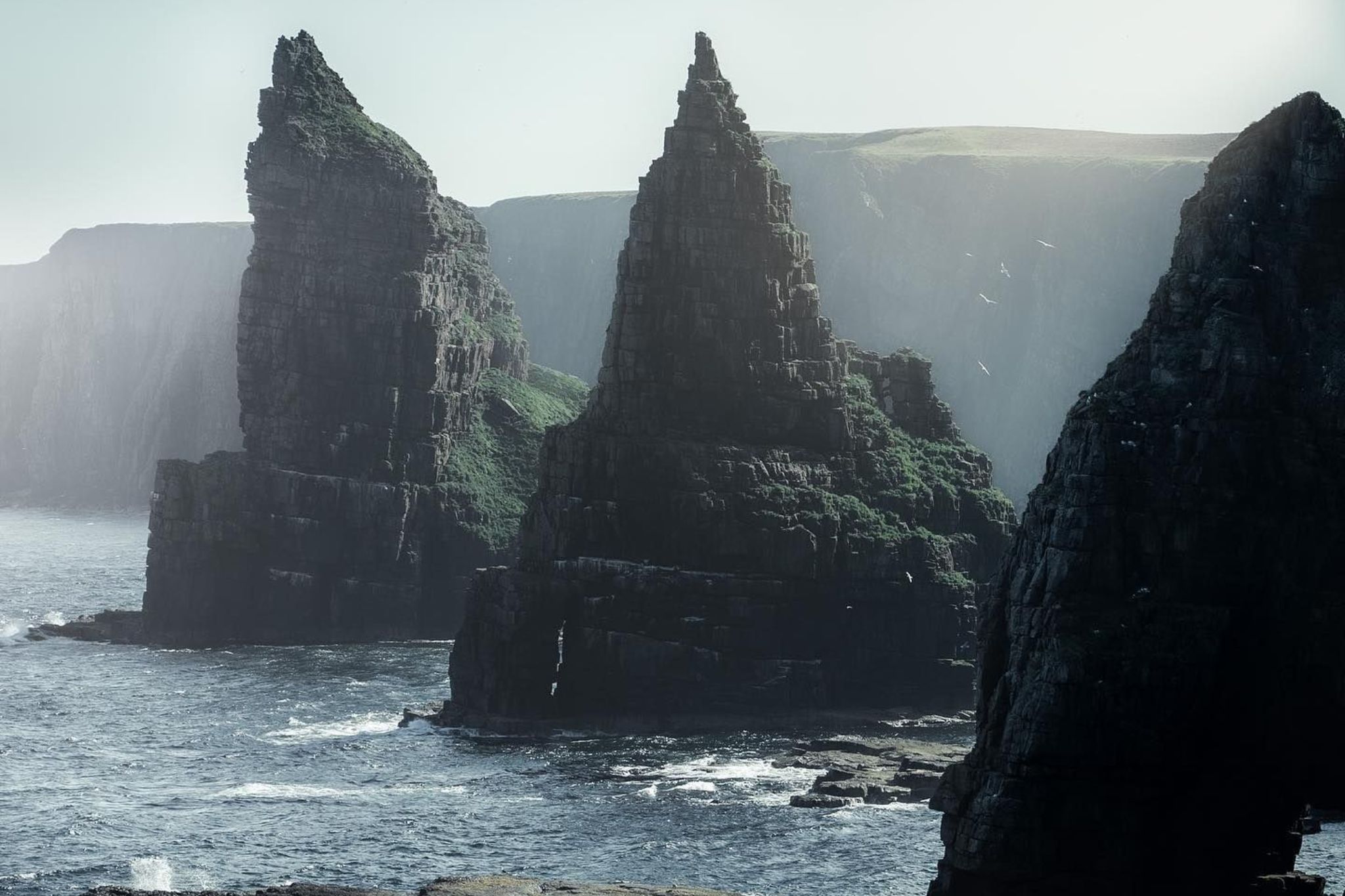
Sorry, something's gone wrong. We can't display this content at the moment.
JavaScript needs to be enabled to watch this video. You can turn this on in your browser settings.
A First-Time Adventure to Caithness & Sutherland
Read all about a first-time solo adventure to the Far North.
Royal Mile, Edinburgh
Meet new people
Spend quality time with fellow travellers, get to know local Scots and connect with others before, during and after your holiday to Scotland.
Learn about and appreciate Scotland
So you’ve obviously heard good things about us, but how well do you really know 21st century Scotland? Let us inspire and update you, plus ideas for holiday experiences to learn more.
Sorry, something's gone wrong. We can't display this content at the moment.
JavaScript needs to be enabled to watch this video. You can turn this on in your browser settings.
Sorry, something's gone wrong. We can't display this content at the moment.
JavaScript needs to be enabled to watch this video. You can turn this on in your browser settings.
UNESCO trail
The first country in the world to bring together 13 UNESCO sites into one trail.
Sorry, something's gone wrong. We can't display this content at the moment.
JavaScript needs to be enabled to watch this video. You can turn this on in your browser settings.
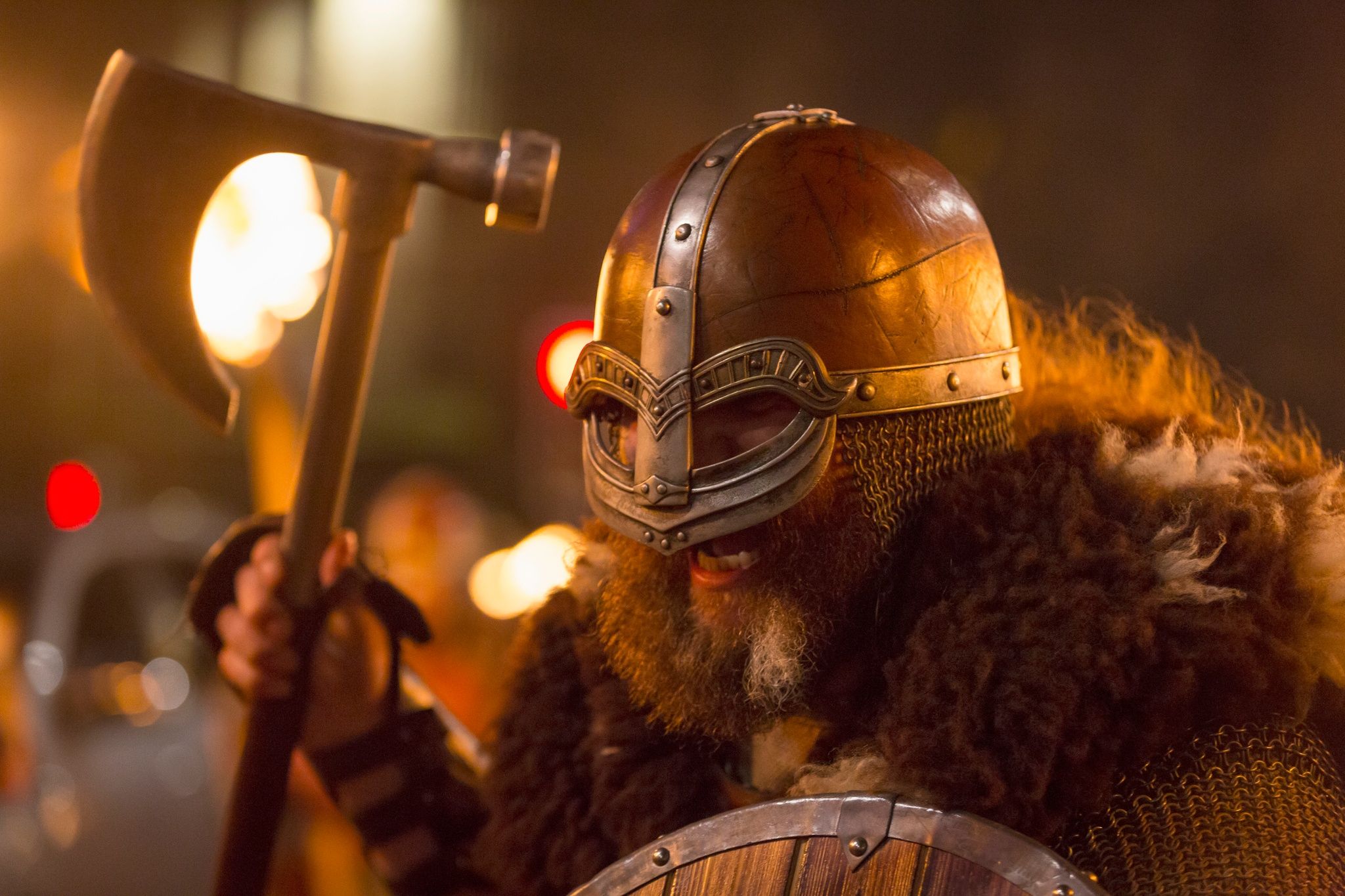
Sorry, something's gone wrong. We can't display this content at the moment.
JavaScript needs to be enabled to watch this video. You can turn this on in your browser settings.
Authentic Scottish Events, Culture & Traditions
Experience authentic Scottish culture and traditions at events including Celtic music festivals, Highland games and whisky events.
Sorry, something's gone wrong. We can't display this content at the moment.
JavaScript needs to be enabled to watch this video. You can turn this on in your browser settings.
Sorry, something's gone wrong. We can't display this content at the moment.
JavaScript needs to be enabled to watch this video. You can turn this on in your browser settings.
9 Reasons to Choose Scotland for Your February Break
February is a month full of magic in Scotland, with romance around every corner, snow on the hills, and lots of fun things to do
Sorry, something's gone wrong. We can't display this content at the moment.
JavaScript needs to be enabled to watch this video. You can turn this on in your browser settings.

Sorry, something's gone wrong. We can't display this content at the moment.
JavaScript needs to be enabled to watch this video. You can turn this on in your browser settings.
Events & Festivals in Scotland
There's something happening in Scotland right now that the whole family will love.
Sorry, something's gone wrong. We can't display this content at the moment.
JavaScript needs to be enabled to watch this video. You can turn this on in your browser settings.
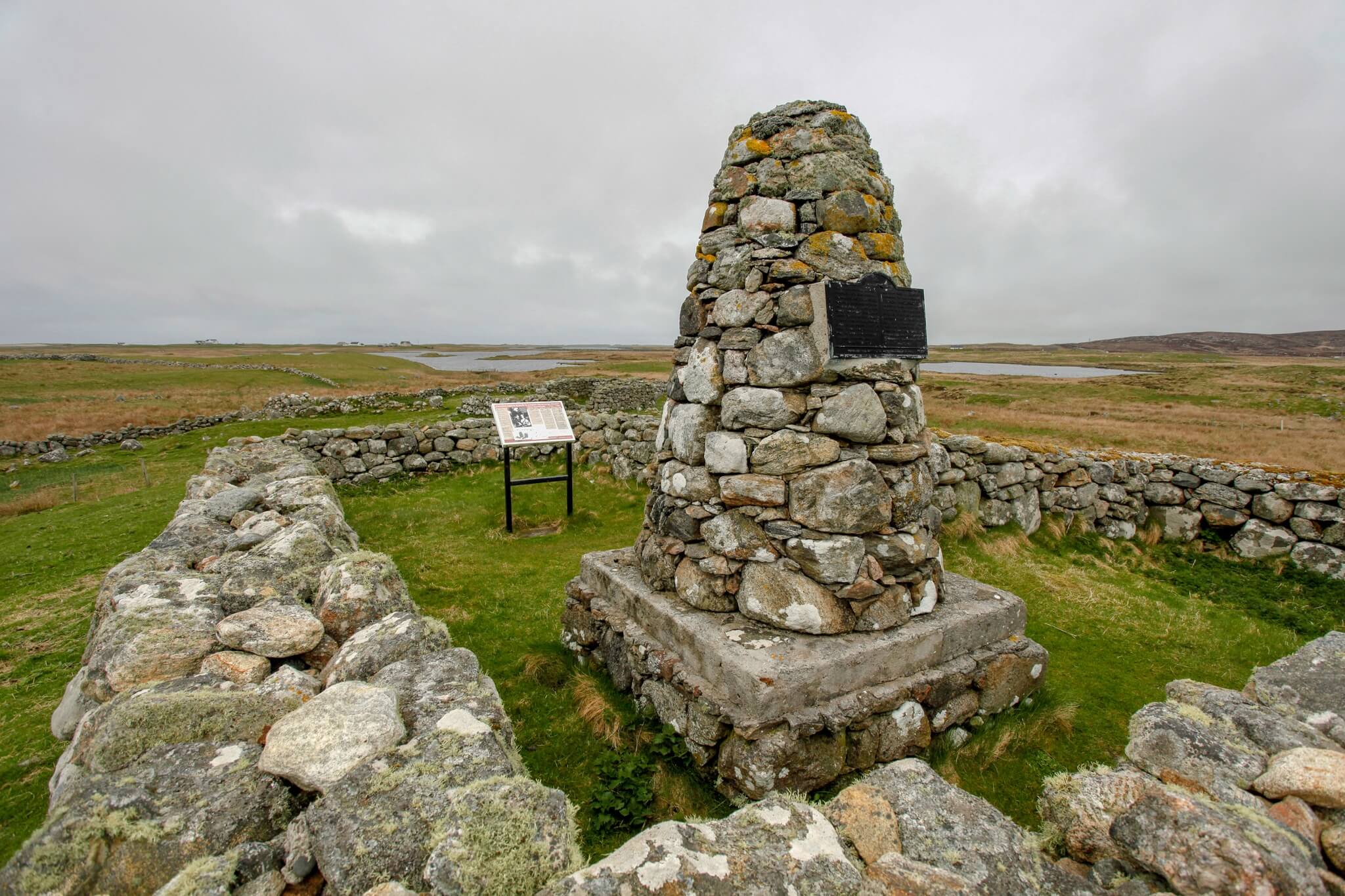
Sorry, something's gone wrong. We can't display this content at the moment.
JavaScript needs to be enabled to watch this video. You can turn this on in your browser settings.
10 Famous Scottish Women
From infamous war heroes and captivating poets to world-renowned authors and impactful scientists.
Sorry, something's gone wrong. We can't display this content at the moment.
JavaScript needs to be enabled to watch this video. You can turn this on in your browser settings.
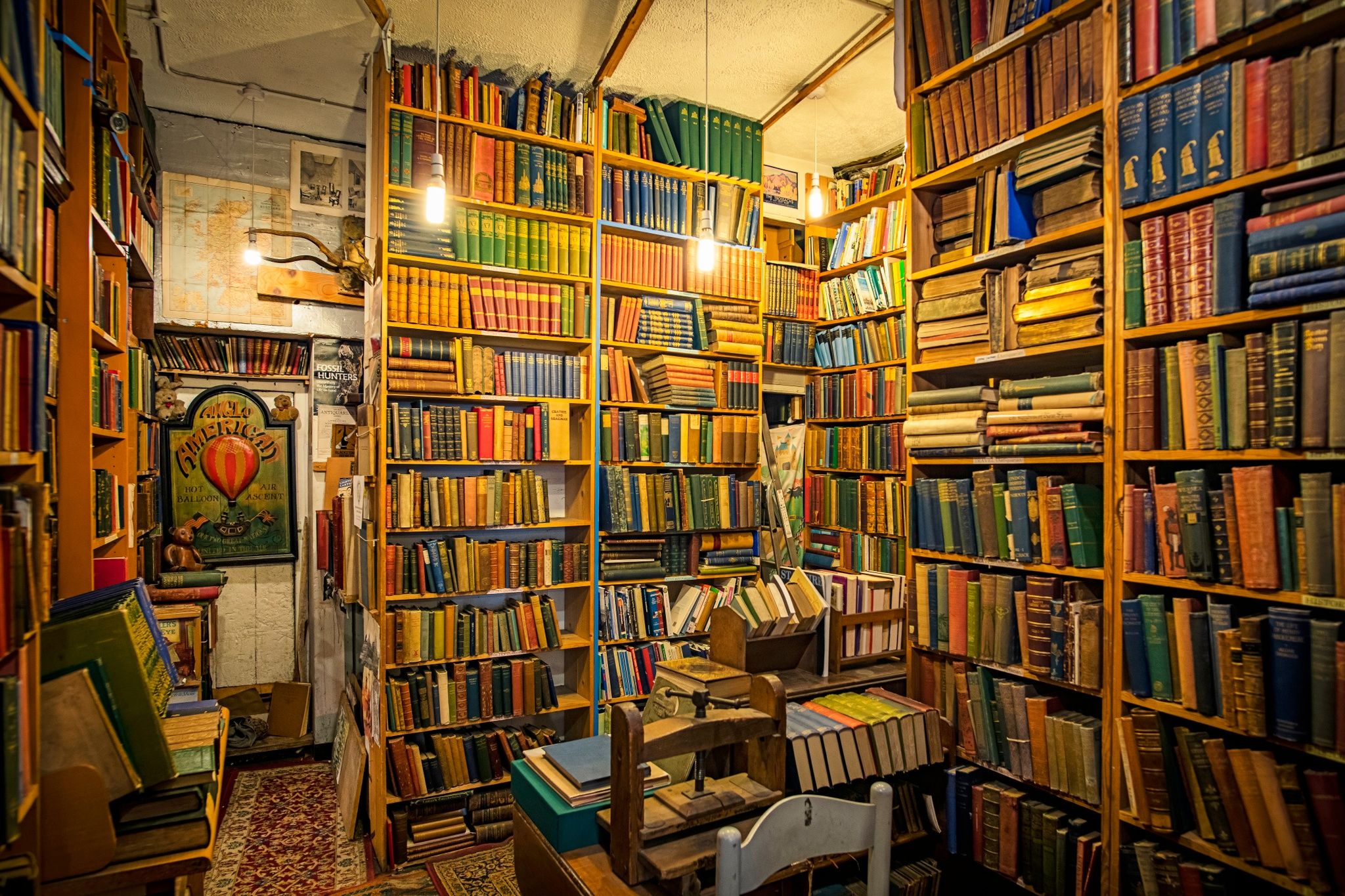
Sorry, something's gone wrong. We can't display this content at the moment.
JavaScript needs to be enabled to watch this video. You can turn this on in your browser settings.
Scottish Writers & Literature
Scotland has a rich literary landscape.
Tips for your break
We've got some great tips on how to get the most out of your next escape.
Sorry, something's gone wrong. We can't display this content at the moment.
JavaScript needs to be enabled to watch this video. You can turn this on in your browser settings.
Sorry, something's gone wrong. We can't display this content at the moment.
JavaScript needs to be enabled to watch this video. You can turn this on in your browser settings.
Slow Travel Adventures in Scotland
Slow travel in Scotland - what does it mean?
Sorry, something's gone wrong. We can't display this content at the moment.
JavaScript needs to be enabled to watch this video. You can turn this on in your browser settings.
Sorry, something's gone wrong. We can't display this content at the moment.
JavaScript needs to be enabled to watch this video. You can turn this on in your browser settings.
Green Transport & Eco-Friendly Travel in Scotland
Keep your carbon footprint to a minimum with green transport options in Scotland.
